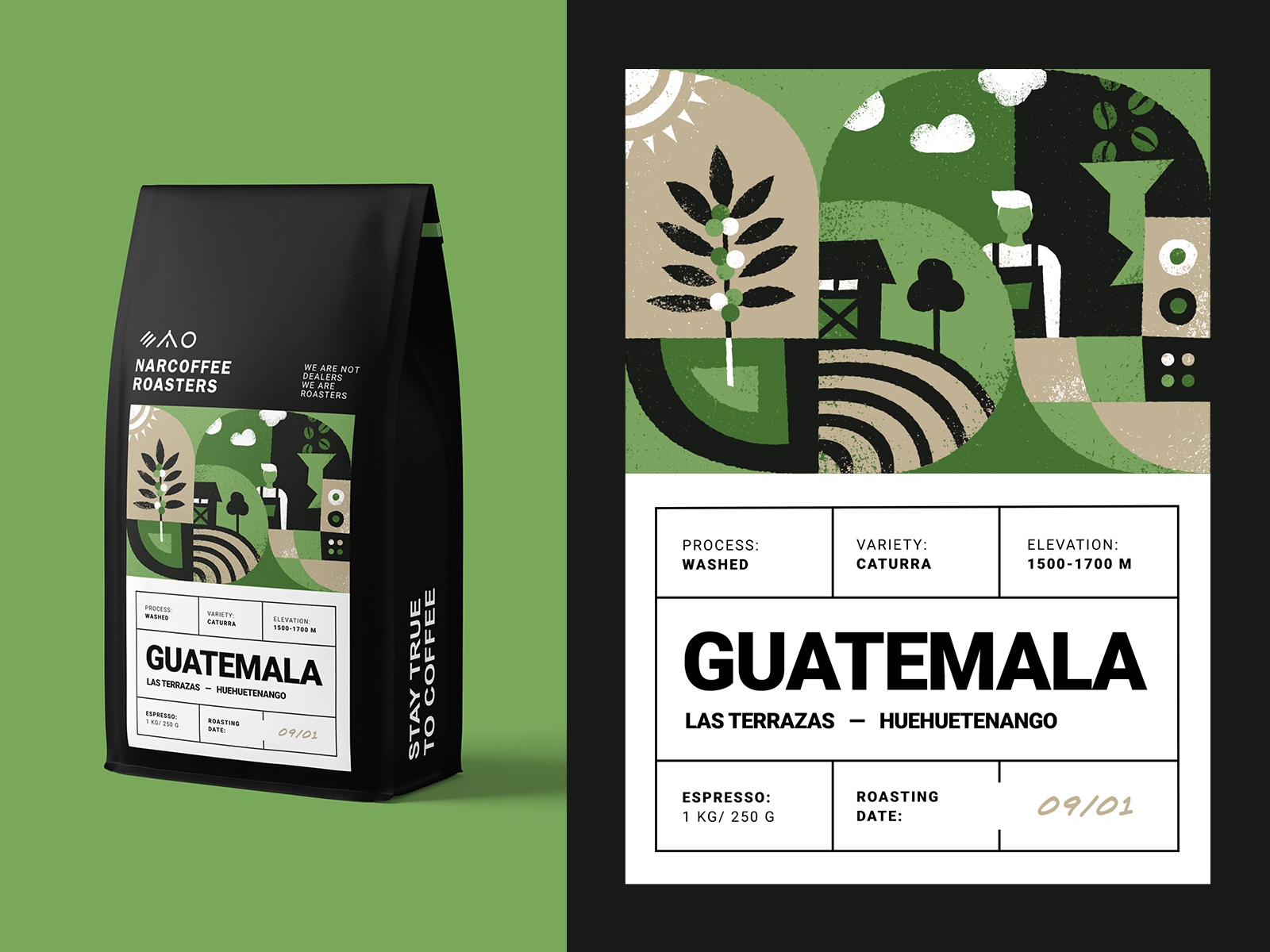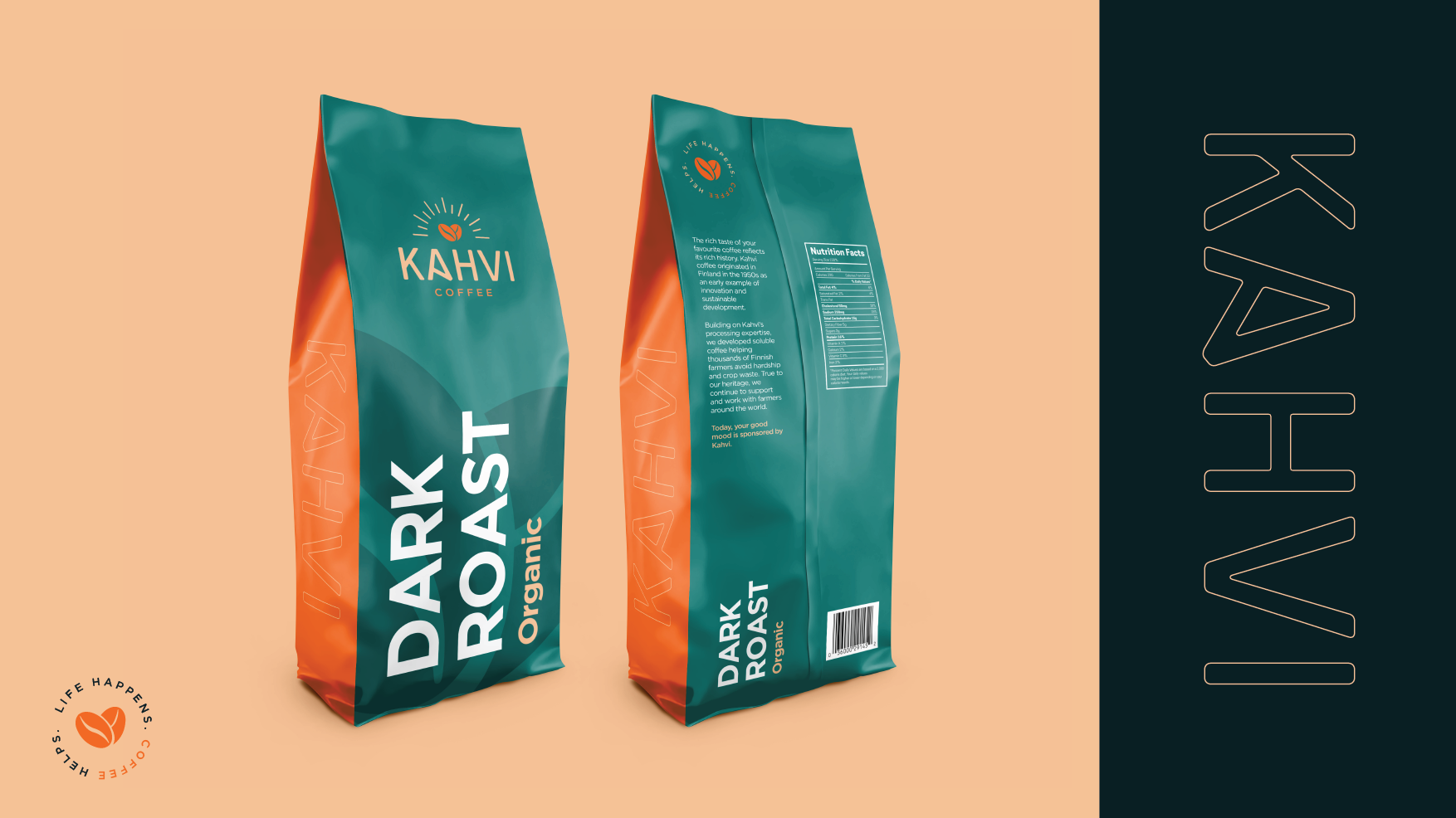
The Importance of Durable Coffee Packaging
If you’re in the coffee business, your packaging is a big part of your brand. It helps you establish a connection with customers and communicate your values.
Coffee packaging must be both functional and attractive. It also needs to inform customers about the product’s roast, flavor profile, and recommended brewing method.
Branding
Coffee packaging is a vital part of any coffee business and it should be used to attract attention, communicate important information about the product, promote the brand and increase sales. The packaging should be made of durable materials that can withstand long-term use and keep the coffee fresh.
The right branding in your coffee packaging can create a lasting impression on consumers, and make them want to buy your products over others. This includes using attractive colors, creating a consistent look across your different coffee products, and adding helpful tips to help customers enjoy their cups of joe.
For example, a company that sells bags of high-quality single origin beans can use a tag on each bag to indicate its unique identity. It’s a simple and effective way to bring the coffee’s origin to life.
Another trend is to use photography to depict the product in action. This helps create a more sensory experience for consumers, and it makes the product look fresher.
Whether you’re a big coffee brand or a small independent roaster, using images that convey motion and action can help your packaging stand out. New research shows that people are more likely to purchase food and drink products when the packaging shows them something happening.
This is why you should try to use photos that depict the action of pouring coffee into a cup. This will make it feel like the coffee is fresh and ready to drink, which will encourage consumers to buy your products.
Typography is also a great way to communicate information about your coffee. You can choose to use a simple style of lettering on your labels, or you can experiment with contrasting fonts and styles. Just remember to make the design of your packaging and the lettering of your logo complement each other.
If you’re using a lot of images in your branding, you can also include some illustrations to give the coffee packaging an organic look. For example, you could use a picture of a coffee plant on the front of your package, or you could add a graphic of water droplets to show how to brew the coffee.
Freshness
Coffee freshness is an important factor in the coffee production process, as it is directly related to the quality of roasted beans. As soon as the beans are ground they lose about 60% of their aroma compounds, so it is essential to keep them in a package that preserves them from oxidation and degradation.
The best packaging for preserving coffee freshness is one that is airtight and keeps the roast molecules and oxygen away from the beans. This will not only prevent oxidation, but will also ensure that the coffee continues to maintain its flavor and taste.
There are a number of different types of packaging that can be used to keep coffee fresh, including laminated film, metal cans and tin tie paper bags. These options all have different benefits depending on the shelf life that you need for your product.
Using a packaging material with a degassing valve is recommended for the freshest and most aromatic coffee. This is because CO2 from the roasted beans builds up inside your packaging and can cause a bag explosion, leaving your coffee with a lack of aroma.
Another option is modified atmosphere packaging (MAP). This type of coffee packaging controls the balance of gases within the sealed packaging to reduce oxidative degradation, thereby preserving more of the complex aroma compounds in your coffee.
It is also worth looking at the headspace on your packaging. As Hugh Kelly, three-time Australia Barista Champion, points out, it’s a good idea to minimise the amount of space that is above your coffee. This will help to stop it diffusing, keeping your beans as fresh as possible.
To maintain freshness, you should look for a bag that coffee packaging has a clear and honest roast date printed on it. This will let you know when the coffee was roasted, allowing you to make an informed decision about your purchase.
Various studies have been carried out on coffee packaging the loss of freshness and staling of whole bean coffee during its primary shelf life. However, there is very little information available on the loss of freshness during secondary shelf life. This study aims to provide further insight into this important stage of the coffee product lifespan, which is the time after the initial opening of the package and before it is consumed.
Durability
Durability is a key feature of coffee packaging because it allows the product to last longer. It also reduces the chance of damage to the product, which can result in costly repair costs.
The first step to ensuring that your coffee packaging is durable is choosing the right material. It is important to choose a packaging that has the ability to stand up to the conditions in which it will be used, such as heat, moisture, and oxygen.
There are many options for durable coffee packaging, including bags made from polylactic acid (PLA), low-density polyethylene (LDPE), kraft paper, and more. Each of these materials provides a different level of durability.
PLA, for example, is a compostable plastic that’s made from renewable starch sources, such as maize, cornstarch, and sugarcane. It’s naturally heat-resistant and offers a strong barrier to oxygen, making it ideal for coffee packaging.
LDPE is another sustainable option, as it’s easier to recycle and doesn’t require as much energy for processing. It’s also lightweight, which can be beneficial for roasters who want to ship large volumes of coffee.
Aside from being environmentally friendly, LDPE is very versatile, as it can be used to make any number of packaging types. It is also very strong and able to withstand high temperatures, so it’s a great choice for a variety of products.
The other option for durable coffee packaging is polyethylene terephthalate (PET). It’s a very flexible and durable material that is often used for coffee packaging, as it’s easy to customize and is strong enough to withstand high temperature levels.
As an added benefit, PET is a recyclable material, which means that your packaging won’t end up in landfills. It can also be reused, which makes it a popular choice among companies looking for a more sustainable solution.
Coffee packaging is a huge part of the entire coffee process. It is the only tangible thing that consumers have when they’re finished with a cup of coffee, so it’s crucial to ensure that your packaging is strong and durable. This will help you retain more sales and repeat purchases from customers.
Sustainability
Coffee is a high-quality, premium product that requires premium packaging to ensure freshness and quality. Packaging must be durable, airtight and withstand moisture, UV rays, oxygen, and other external influences that can affect the coffee’s taste and smell.
The coffee industry is committed to sustainability, and there are many ways to reduce the impact of coffee packaging on the environment. This includes avoiding fuel-based materials, using recycled material, and recycling the packaging at the end of its life.
As the world becomes increasingly aware of the environmental impact of their consumption, consumers and companies are looking for sustainable alternatives to disposable plastic packaging. As a result, packaging is being developed that is not only recyclable but also compostable or biodegradable.
To ensure sustainability in packaging, coffee brands need to consider all aspects of their supply chain. This includes how the packaging is sourced, produced, transported and discarded.
In addition, coffee packaging needs to be made from renewable raw materials and low-impact manufacturing. These goals are essential to lowering the supply chain’s carbon footprint and maintaining the integrity of the product and its sourcing.
With the rise in demand for coffee, it’s important that the packaging used to transport coffee is as sustainable as possible. This includes the materials used for its structure, zippers, inks, labels, and degassing valves.
These components should be recyclable or biodegradable, with the right mix of these elements allowing them to break down in a sustainable manner. If they aren’t, the bag will release methane and other pollutants into the atmosphere.
For this reason, it’s crucial that the bags are 100% biodegradable or compostable to ensure they enter the correct waste stream and end up in a proper disposal facility. This is important, as coffee packaging waste makes up around 3% of the total supply chain’s carbon footprint.
This is a major reason why more and more coffee businesses are making an effort to develop more sustainable packaging solutions. With the rise in popularity of reusable coffee pods and other single-use containers, it’s clear that people are looking for better options to carry their coffee home.

